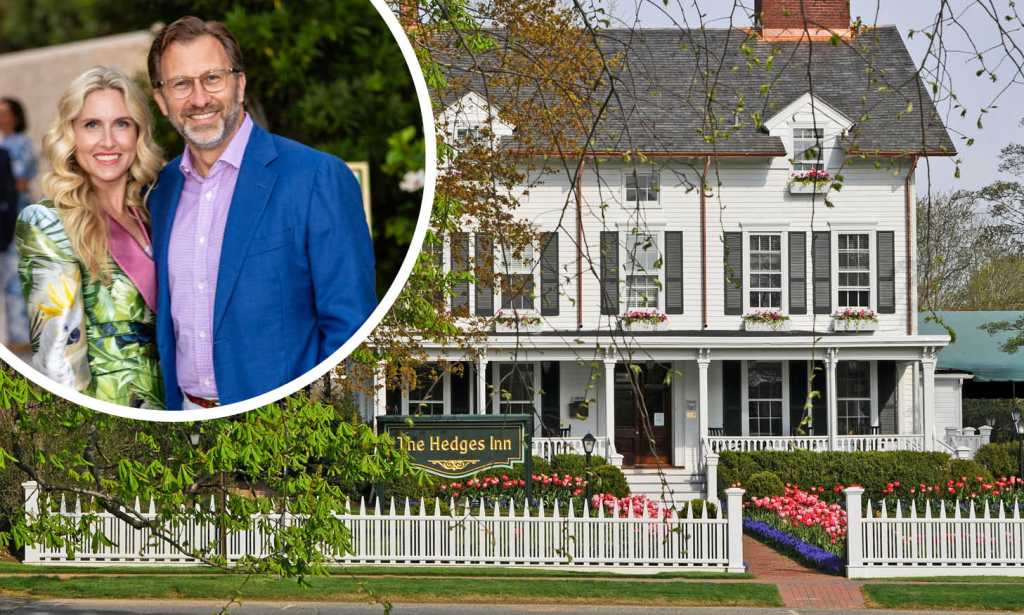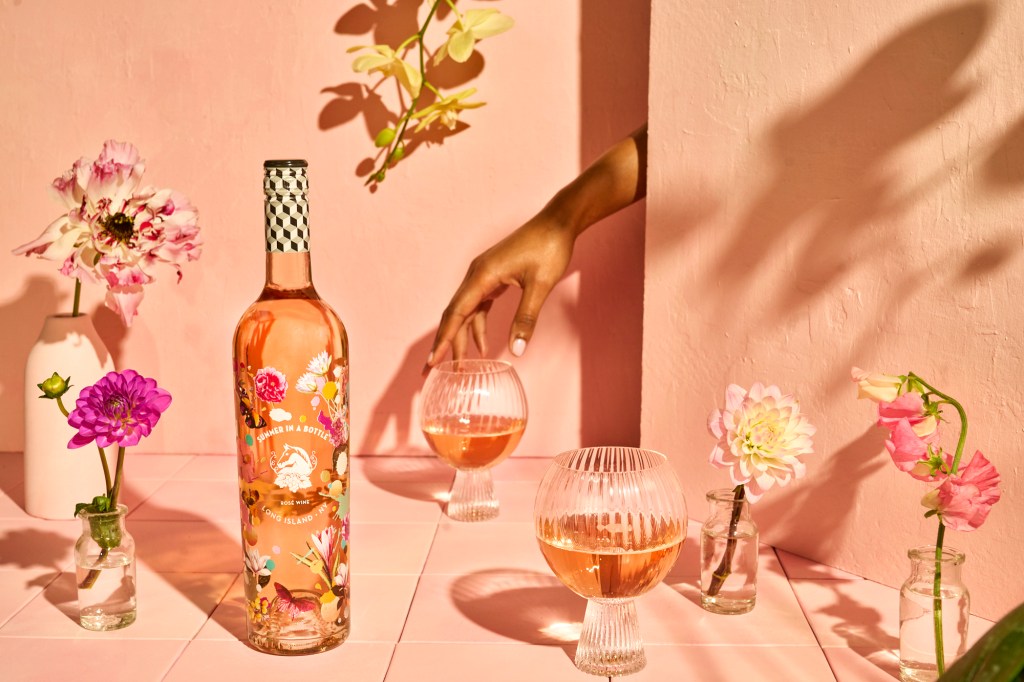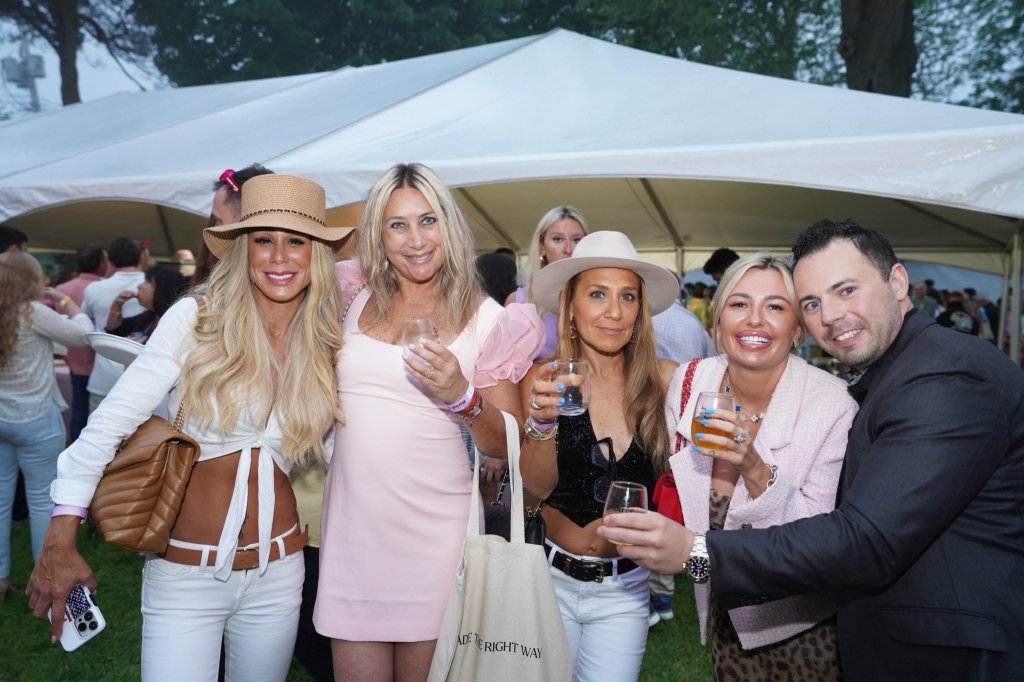Dan's Papers Cover Artist David Tyndall Paints Familiar Scene at Sagg Main Beach

The beach in winter is ubiquitous with Long Island, and this week’s January 24, 2020 Dan’s Papers cover art by David Tyndall shows a scene locals are no doubt familiar with.

What was the inspiration for this piece?
Sagg Main is my family’s go-to beach. I’ve gone there as a child as far back as I can remember. My kids have spent every summer of their lives going to that beach. We visit their all times of the year. As beach lovers will know, the ocean and the beach is different every day. It has a special quality late in the day when the lifeguards are gone. The “No Swimming” sign is up and the beach is empty. I found the ocean seen through the structure of the lifeguard stand interesting, as well as the rusty nails and the wear-and-tear of seaside weather on the boards. This painting was my way of finding architecture to paint in an organic environment.
Where do you find inspiration for your art?
I enjoy finding places, buildings and objects that reflect the passing of time. I see a value in them that can only come from time and experience. Peeling paint, rusty metal, graffiti and a patina of time seem to connect me with what has happened there.
How would you describe your artistic style?
I’m a realist painter. I like the challenge of realism, and especially photorealism. There is something about getting to the point in a painting where you fool the eye into believing that it is seeing an actual image, almost a photograph but better because it was carefully constructed and formed with a brush and paint and the human hand. Sometimes viewers can’t understand why anyone would go to these lengths to reproduce an image because it is very time consuming but it is a personal battle between the artist and image to be successful or not. Sometimes I win and I think it’s successful and sometimes it’s not, but every new image is another chance to strive for that goal.
Talk about your artistic process.
I take many photographs of a subject that I find interesting. Back in my studio, I review what I have, looking for interesting compositions and cropping until I have something that may work for a painting also deciding on a scale that works for the image. Some paintings need to be grand in size for impact and some small and intimate pieces.
At that point I prepare a canvas or board for painting. I’ll transfer the image to the canvas with painstaking precision by a number of methods. I then spend many hours carefully going over the drawing until I have most of the information I need to work from. I work in oil and at this point I start to lay in backgrounds and under-painting. It then is a slow process of adding and building up paint.
For me, the last stages of finalizing a painting are the most gratifying, as it hopefully will get to the point where it “pops” and achieves the “photo-like” quality. I usually have a number of paintings in the works at one time so I can jump back and forth. Sometimes it’s the paint that needs to dry before continuing and sometimes it’s frustration that takes me off one and on to another. Some paintings come together easier than others!
How did growing up on Long Island and in New York influence you as an artist?
I grew up in Cold Spring Harbor on the north shore of Long Island. My dad’s family was from Bridgehampton so we always spent much time in Bridgehampton with my grandfather there. Always surrounded with history, in the land and the buildings of the East Coast, I was greatly influenced and could see the heritage of the area. I felt that it was important to recognize the history and I could see it in everything. The rural landscape also gave me a respect for farming and tractors and the mechanical machinery that I sometimes paint.
What would you do if you weren’t an artist?
I’m blessed to have many interests. I love to work with my hands. My father got me hooked at a young age on automobiles. I grew up around antique cars and helped him rebuild them. I went on to build my own hot rods and later, racing cars. I raced sports cars and formula cars for many years. I would have liked to become a professional race car driver. I have a number of antique and classic cars that I tinker with now.
See more of David Tyndall’s work at the William Ris Gallery in Jamesport. Visit tyndallfineart.com, David Tyndall Fine Art on Facebook and @tynartist on Instagram.




